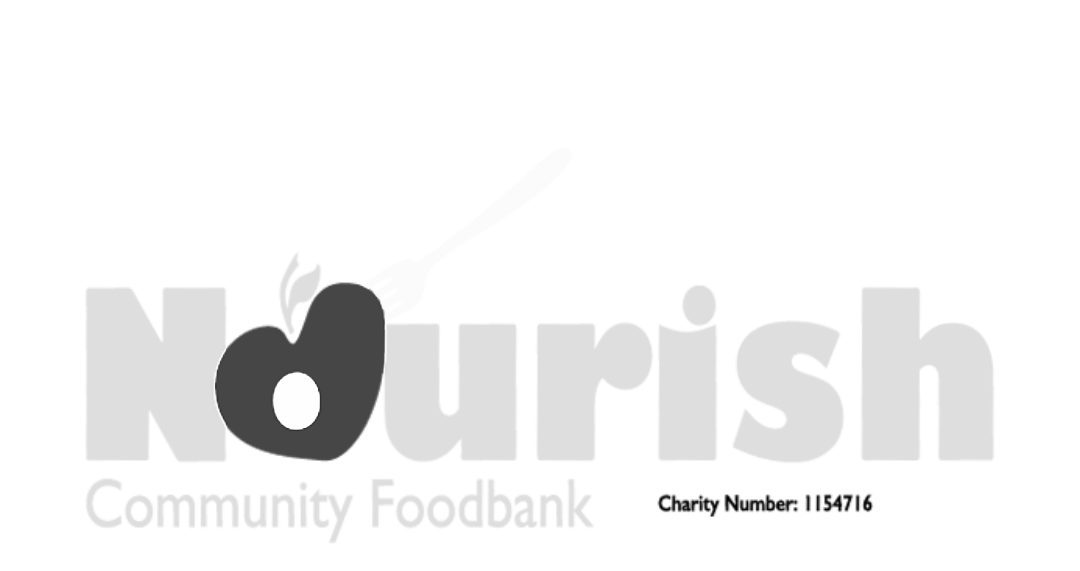How will I be affected by Making Tax Digital for Income Tax (MTD for ITSA)?
HMRC are starting to send out letters to sole traders and landlords in the initial steps towards Making Tax Digital for Income Tax. If you receive one of these letters do not panic, help is at hand. So let’s answer your most asked questions about Making Tax Digital.
What is Making Tax Digital for Income Tax?
Making Tax Digital for Income Tax (MTD for ITSA) is a UK government initiative aimed at modernising the tax system. It will require individuals and businesses to keep digital records and submit tax information to HMRC using compatible software. It is part of a broader initiative to digitalise tax returns and follows on from the changes already implemented for VAT reporting.
Will Making Tax Digital affect me?
MTD for ITSA will affect individuals who:
- Are self-employed (e.g. sole traders) and/or landlords (earning income from property).
- Have a total income over £50,000 per year (combined from self-employment and property).
- Are currently required to complete a Self-Assessment tax return.
From April 2026, MTD for ITSA will be mandatory for those earning over £50,000.
From April 2027, this threshold will reduce to £30,000.
What will I have to do if my earnings are over the threshold?
You will need to keep digital records for income and expenses which will mean using MTD compatible software. This will be a major change for those of you still keeping paper records.
Instead of submitting an annual self-assessment return you will need to submit quarterly updates 4 times a year to HMRC. At the end of the tax year an End of Period Statement (EPOS) and a Final Declaration will need to be submitted which essentially replaces the current Self-assessment return. All of these will be required digitally, paper records and manual calculations will no longer be accepted.
This means that instead of 1 annual return you will need to make 6 submissions!
So what software do I need to use to keep digital records?
Acceptable software include:
- QuickBooks
- Xero
- FreeAgent
- Sage
- or, HMRC-recognised spreadsheet tools with bridging software (not highly recommended)
No more shoeboxes of receipts or manual books — everything must be digitally recorded.
When will I need to register for MTD?
You’ll need to sign up for MTD for ITSA
before April 2026. This is a deadline and not a target, signing up early is always advisable. HMRC will provide a service for you to do this but having the guiding hand of an accountant will make this a much easier task.
MPower Accounting is that help at hand for you!
We already have a sound understanding of Making Tax Digital and use all the acceptable software mentioned above. We realise that for many the prospect of MTD, keeping records digitally and having to make 6 submissions a year is daunting, if not downright scary. Let us be that helping hand and guide you through the process of registering for MTD and setting up your digital records to make those 6 submissions seem effortless.
Give us a call to discuss on
01892 234353
or email us here:
welcome@mpoweraccounting.com









